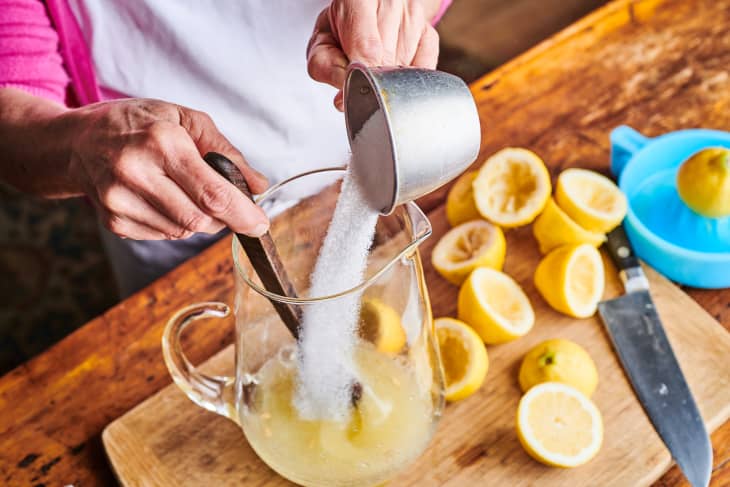The health and energy food & drink industry has witnessed an exponential rise in the past decade. Initially, the drinks and foods were majorly manufactured for sports players and fitness freaks. However, the energy food and drink market is now gaining traction from all the sections of the population due to the rising inclination from athletes to common people, especially youngsters.
Rising awareness about good health and long life among people all over the world is the driving factor behind the growth in the global energy food and drink market. Energy food products have become an alternative to regular consumables and are chosen as on-the-go food items. Energy foods such as cookies, protein bars, protein chocolates, etc. are highly influenced by the increasing importance of workouts in changing lifestyles. With a busy lifestyle, most people have a fast-paced routine that requires more effort and leads to negligence toward health. Energy foods and drinks are convenient options for people of all ages at any time of the day. However, some companies and health experts recommend artificial and unhealthy consumables which are expected to hamper the growth of the global energy food and drink market in the future.
Besides, over the past few years, the utilization of energy drinks, especially for youngsters and adults, has grown radically. Energy drinks are widely adopted and well-promoted across the world saying that these consumables improve the cognitive and physical strength of the person. A critical amount of caffeine in energy drinks gives the person a better mood, concentrating ability, and improved memory. Subsequently, the market for energy food and drinks is likely to experience notable growth in the coming years.
The global energy food and drink market is broadly categorized into sources, end-users, distribution channel, drink types, and regions. On the basis of sources, the global market is classified into B vitamins, caffeine, taurine, ginkgo Biloba, guarana, L-Carnitine, ginseng, antioxidants, sugars, and so on. In terms of drink types, the market is bifurcated into nonalcoholic energy drinks and alcoholic energy drinks. As per the end-users, the market is sectioned into kids/teenagers, adults, and geriatrics. The distribution channel segment is divided into supermarkets/hypermarkets, convenience stores, specialist stores, and so on.
Geographically, the global energy food and drink market is likely to be led by North America with the highest market share. This is attributed to the rising adoption among the people and changing lifestyles. In addition, the region is trailed by Asia Pacific owing to increasing disposable income and increasing population. Moreover, due to rising acceptance by the consumers in Europe, the region is also all set to register significant growth in the future.
The leading players present in the global energy food and drink market are Dr. Pepper Snapple Group, AriZona Beverages USA LLC, Glanbia Nutritionals Ltd., Hansen Natural Corp., Goldwin Health Care, Keurig Dr Pepper, Inc, Living Essentials Marketing, LLC., Monster Energy Company, National Beverage Corp, Red Bull GmbH, Nestle, Rockstar Inc, The Coca-Cola Company, PepsiCo Inc, and others.
Last year, PepsiCo Inc. acquired Rockstar Energy Beverages, which is a well-known energy drink manufacturer. The deal aims to open new business avenues for Pepsico Inc. in the UK market.
